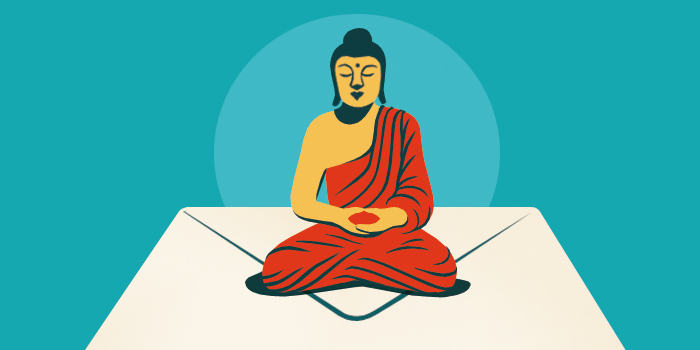How does Theravada characterize nirvana?
Nirvana, or nibbana in Pali, is the ultimate goal of the Theravada Buddhist path. Nirvana refers to awakening: the ultimate liberation of the mind and freedom from samsara, the cycle of suffering, death, and rebirth. Nirvana is not a place, as heaven is conceived to be; rather it is unconditional freedom that exists beyond space and time.
In ancient India, nirvana referred to “unbinding” or “extinguishing,” like the snuffing out of a fire, or the separation or unbinding of a fire from its fuel. The extinguishing simile is beautifully apt. Upadana, the Pali word for clinging, literally refers to the act of fueling a process, such as putting logs on a fire. Likewise, in clinging, we stoke our own suffering, fueling it with greed, aversion, and delusion. So just as awakening is the end of clinging, nirvana is the extinguishing of that eternal fire of the mind characterized by greed, aversion, and delusion.
From the Theravada perspective, the Buddha’s entire body of teaching and practice is aimed at helping people achieve nirvana, or awakening. And while his instructions and all the scaffolding the practice offers are clear and commonsensical, the work it takes to awaken is no mean feat. Only after we’ve developed all the factors of the noble eightfold path—the result of good karma amassed over countless lifetimes—are we able to enter the first stage of awakening, known as stream-entry (sotapatti). Stream-entry is a fleeting taste of nirvana. While there are more stages of awakening to move through, it’s a watershed on the path—there’s no turning back and no more doubt in the mind that the Buddha was right on.
When even the mind’s subtlest ripples of clinging, greed, ill will, and delusion are completely extinguished, one experiences nirvana and becomes an arahant, or “worthy one.” An arahant is absolutely free of suffering and stress, free of the notion of a fixed self, and free from the cycle of rebirth. The physical death of an arahant is known as parinirvana (Pali: parinibbana), meaning total extinguishing or unbinding. There are no words to describe parinirvana, the Buddha and other arahants say, but the joy and equanimity a practitioner develops along the path keep them pointed in the right direction.

Tricycle is more than a magazine
Gain access to the best in sprititual film, our growing collection of e-books, and monthly talks, plus our 25-year archive
Subscribe now